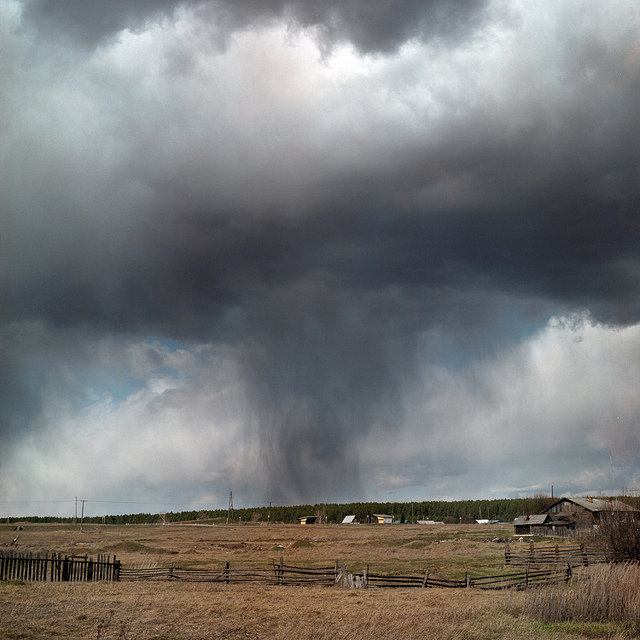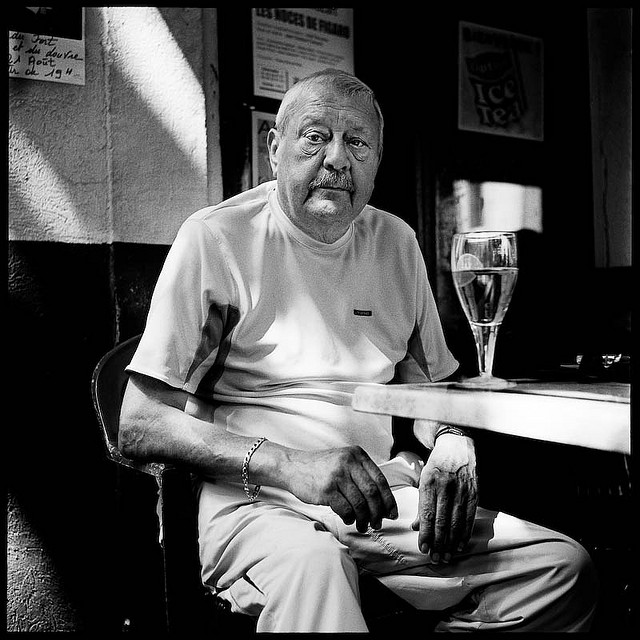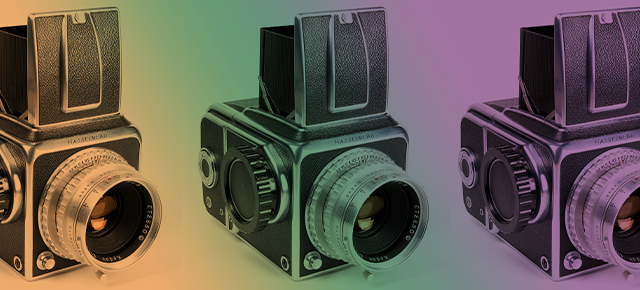One of the biggest reasons to shoot film nowadays is medium format, an option that yields gorgeous results but whose digital counterpart is wildly expensive. It’s well known that medium format offers an increase in resolution and print size, but there are other advantages that make it a unique tool in a photographer’s repertoire.
The biggest advantage to shooting medium format is the outright size. With 3-4 times the surface of a 35mm frame, medium format (which actually comprises a number of possible sizes) can be enlarged significantly without losing quality. Artists often make use of the size for huge prints that look good on gallery walls.

Comparing film sizes: Everything larger than 35mm and 6×9 or smaller is considered medium format
But print size aside, it’s often easy to detect medium format images even when viewing on the web. It has a certain something, a signature look that is often recognisable but hard to articulate. It comes from the lack of perspective distortion. This makes photos look more natural, closer to what your eye sees in the real world.
Let’s say you’re shooting on a 6×7 medium format camera with a 50mm lens. If you compare your images to a 35mm camera, also with a 50mm lens, you will notice the difference in field of view. Your medium format pictures will actually see what a 24mm lens on a 35mm camera would see. Simply put: the larger the film format, the wider angle your lenses become compared to 35mm.

Image by Anton Novoselov

Image by Ivan Constantin
The key point as a result of that difference is that even though the field of view is wider, the geometry, or “look”, of the 50mm focal length remains. You don’t get the exaggerated perspective that wide angle lenses usually produce on 35mm cameras. In that regard, medium format mimics how your eyes actually see the world, at least more so than the smaller 35mm size. The effect is even more apparent with large format 4×5, 5×8, or 8×10 film. You can shoot an extremely wide scene but it will have the “real-world” look of a lens with a longer focal length. The subject remains flat and not ‘stretched’ out.
A great deal of art photography over the past two decades was shot in medium or large format in order to suit the large exhibition prints demanded by galleries and collectors. Take a look at the work of artists like An-My Lê, Thomas Struth, or younger photogs like Rob Hornstra, you’ll see this flattening of wide expansive views in their images.
It’s a subtle difference, no doubt. But medium format produces a really beautiful look by expanding the field of view. If you’re intimidated about the gear, don’t be! You can get into the medium format game with a $US30 Holga or a $US1000 Hasselblad. There are tons of options, and the unique properties of the image are a great reason beyond image size to consider trying your hand at at the format.
